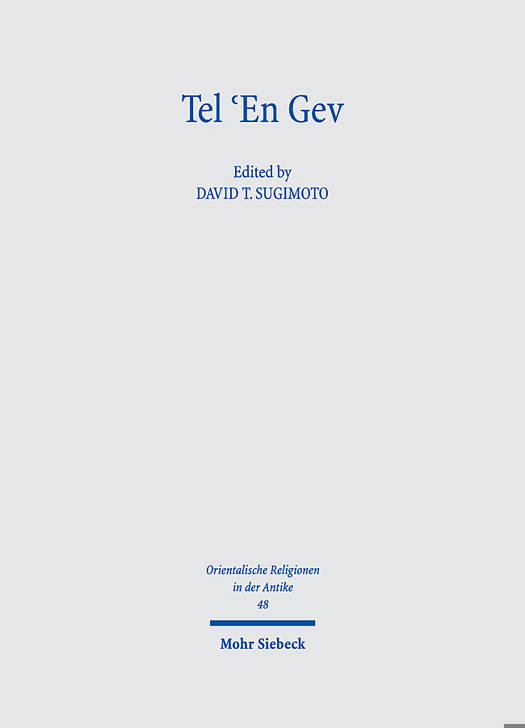
- Afhalen na 1 uur in een winkel met voorraad
- Gratis thuislevering in België vanaf € 30
- Ruim aanbod met 7 miljoen producten
- Afhalen na 1 uur in een winkel met voorraad
- Gratis thuislevering in België vanaf € 30
- Ruim aanbod met 7 miljoen producten
Zoeken
Tel 'en Gev
Report of the Keio Archaeological Mission, 2009-2011. Research on Israel and Aram in Biblical Times V
€ 167,45
+ 334 punten
Omschrijving
This book is the final report of the archaeological excavation conducted by a team from Keio University, Japan, from 2009 to 2011 at Tel 'En Gev, Israel. Tel 'En Gev is located on the eastern shore of the Sea of Galilee and is a key site in understanding the Aram-Israel relationship during the Iron Age. The aim of the Keio Mission was to establish a coherent stratigraphic sequence of the site with the findings from two previous missions and to clarify the history of the region. The Keio Mission uncovered four separate strata. Stratum KIV, the lowest, is dated to Iron Age IB and likely belonged to the Aramean kingdom of Geshur. In Stratum KIII, late Iron Age IIA, a large tripartite building was uncovered that was probably a part of the expansion of Aram Damascus. The city was weakened during Stratum KII, Iron Age IIB. The occupation, Stratum KI, lasted until the Hellenistic period, although it was no longer a major city.
Specificaties
Betrokkenen
- Uitgeverij:
Inhoud
- Aantal bladzijden:
- 412
- Taal:
- Engels
- Reeks:
- Reeksnummer:
- nr. 48
Eigenschappen
- Productcode (EAN):
- 9783161619946
- Verschijningsdatum:
- 1/10/2022
- Uitvoering:
- Hardcover
- Formaat:
- Genaaid
- Afmetingen:
- 231 mm x 155 mm
- Gewicht:
- 8296 g

Alleen bij Standaard Boekhandel
+ 334 punten op je klantenkaart van Standaard Boekhandel
Beoordelingen
We publiceren alleen reviews die voldoen aan de voorwaarden voor reviews. Bekijk onze voorwaarden voor reviews.










